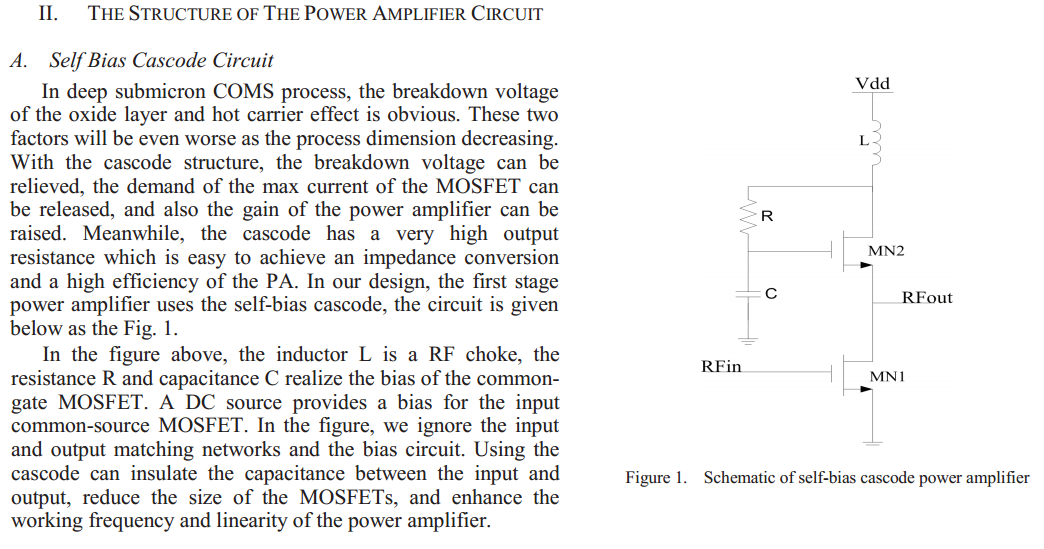Hi,
I am struggling about self-biased cascode. Here is a section that describes about self-biased cascode technique in a paper, but it is not clear to me.
( A 900MHz High Efficiency and Linearity Adaptive CMOS Power Amplifier )
Please help me understand how self-bias cascode work? Why we need the capacitor C here?

I am struggling about self-biased cascode. Here is a section that describes about self-biased cascode technique in a paper, but it is not clear to me.
( A 900MHz High Efficiency and Linearity Adaptive CMOS Power Amplifier )
Please help me understand how self-bias cascode work? Why we need the capacitor C here?
Attachments
Last edited:

